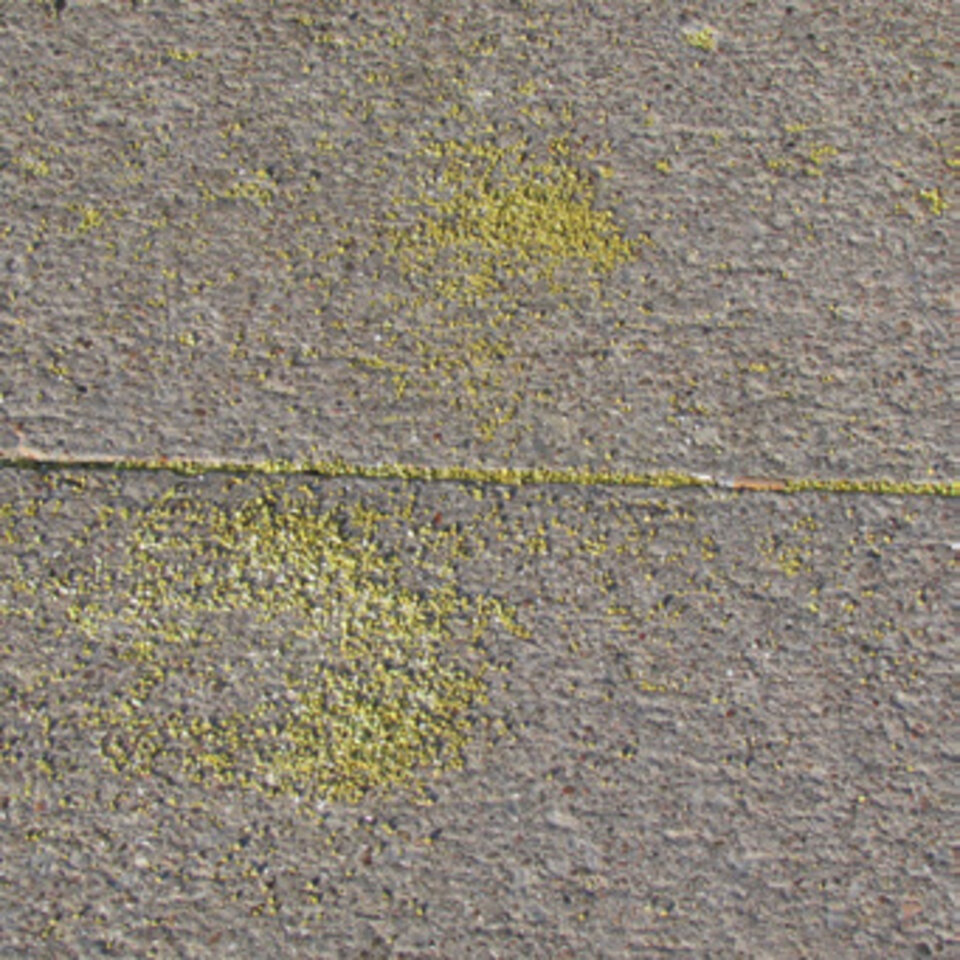Control Broadleaf Weeds in the Fall

Weeds in the lawn will drive us crazy through the whole summer, but don’t forget about them yet. Fall is the best time to treat for broadleaf weeds, even though we don’t notice them as much now because they are done blooming for the year.
Perennial broadleaf weeds including dandelions, creeping Charlie or ground ivy, and clover are best controlled in the fall once the weeds have begun their preparations for winter. In the fall months, these perennial weeds will move sugars that they use for energy from the above ground portions of the plant down into the roots to store them for next spring. If they are sprayed during this phase of their lifecycle, they are more likely to take that herbicide down into the roots and kill the plants rather than just burn the tops off.
The cooler temperatures in the fall are better for turf and ornamental plants due to a reduction in volatilization. In the warm summer days, the herbicides we typically use on broadleaf weeds can turn into a gas and move to non-target plants, causing damage and in some cases even death. With the cooler temperatures, this is not a big concern because the common chemicals we use, such as 2,4-D and Dicamba, do not volatilize at temperatures below 80 degrees. Wind drift is still a concern, so always be sure to apply herbicides on days with little to no wind.
The fall is not the time to worry about or treat for summer annual weeds such as crabgrass. Those plants that are still alive will die with the first frost and the seed will not germinate until next spring when the weather warms back up again. However, you can treat now for winter annual weeds such as henbit, speedwell, and little barley. Once they have germinated this fall you can use a 2,4-D product, which can be achieved with a late October and into early November application for dandelions.
Remember, all of these chemical controls are pesticides and therefore need to be carefully considered and applied according to the label. Any material used to maintain a landscape, including fertilizer, sand, or pesticides, can end up in the storm sewer and lead to pollution of lakes, rivers, and streams. In the same manner, even our grass clippings and leaves can pollute our water supply. There are ways to manage our landscapes while reducing water pollution. The following will help when managing our lawns this fall:
- Any fertilizers, pesticides, and grass clippings should be swept back onto the landscape. Using a leaf blower will work as well. The idea is to keep these items on the greenscape rather than on the hardscape that leads easily to the storm sewer. Raking up leaves in the fall will also help reduce the amount of leaf debris that ends up in the water.
- Check your sprayers before using to ensure they are properly calibrated and the nozzles are not clogged.
- Compacted soils and thin turf do not allow fertilizers and pesticides to infiltrate the soil surface. Aerate and add organic matter to improve the composition of the soil to ensure these products do not run off of hard, compacted soils. Reseed bare areas of the lawn to catch lawn products.
- Thatch layers in the lawn can become a natural barrier to prevent infiltration. Aerate the lawn to reduce the thatch layer to allow lawn products to infiltrate their intended areas.
Photo from John Fech, Nebraska Extension Educator in Douglas/Sarpy Counties
This article was reviewed by John Fech